Will the Metaverse Change Tech Recruitment?
The market size of the metaverse is over $38.5bn… and it’s only going to get bigger.
As our use of technology (AR and VR) adapts and with Web 3.0 on the horizon, the metaverse is here to stay.
It won’t be long before we move from viewing content to fully immersing ourselves in it, which might even expand into the way that we recruit in the tech industry at large.
But how exactly could the metaverse change tech recruitment?
An overview of the Metaverse
Did you know that in 2021, there were more Oculus VR headsets sold than Xbox consoles?
This might seem inconsequential, but it’s a testament to the way that our interactions with VR and AR are adapting, which also relates to the trajectory of the metaverse.
There are now over 400 million metaverse monthly active users, but perhaps more importantly, more and more tech businesses are considering the possibilities that it offers, particularly for recruitment.
After all, the concept isn’t new to the gaming industry, nor is VR new to wider society – it’s the applications of the technology (and the metaverse) that are recent developments.
The metaverse and its future were solidified in public awareness upon Mark Zuckerberg’s announcement of the Facebook brand changing to Meta, with a meeting in augmented reality taking place as part of the launch.
When it comes to jobs, one of the key drivers behind the use of the metaverse is remote working. Rather than having face-to-face meetings based in an office, many are used to checking in through video calls to continue communicating and collaborating, which the metaverse could enhance through full immersion in your shared surroundings.
So, how is this change translating in the world of tech recruitment?
A solution for high demand for talent
Gone are the days of relying on one channel for your tech recruitment efforts.
With such a continually high demand for tech talent across industries, businesses are having to diversify their methods for attracting and retaining talent.
Reaching a wider talent pool requires more innovative approaches, which our advances in technology in a digital age have helped to provide, whether through platforms such as LinkedIn, email and targeted advertising.
Though the use of the metaverse is still in its early stages, it has been used to host recruitment fairs, in which attendees can virtually meet each other and interact across the virtual conference hall.
This included clickable links to email recruiters or go to their websites, and the opportunity to make easy conversation with other attendees.
Whilst it’s unlikely to become a standard in recruitment in the next couple of years, it does show the way in which the metaverse can widen the talent pool whilst providing a more immersive, engaging experience than candidates might find over email or a video call alone.
An enhanced interview process
It’s hard to assess cultural fit, particularly for remote roles, over a video call.
Similarly, it can be difficult to foster an environment in which practical assessments are both successful and a reflection of the candidate over video and phone calls alone – this is where the metaverse could prove extremely useful.
Tasks and presentations could take place in the metaverse, meaning that candidates can place themselves into the process in more or less the same way that they would in person.
For recruiters and hiring managers, using the metaverse instead of the traditional recruitment process could reduce costs in the long term, whilst candidates benefit from the opportunity to engage and interact with both recruiters and their environment.
Geographical limitations are removed, and the process becomes less transactional and more humanised for both parties.
Better cultural fit
It can be difficult trying to determine the cultural fit of a candidate in the recruitment process.
Through the use of VR through the metaverse, candidates can get a better idea of what the physical workplace is like and walk through it, even meeting potential colleagues to get a better understanding of how the company functions.
Additionally, if businesses are likely to adopt the metaverse in their recruitment processes, they will likely also be utilising AI as well.
This means that the screening, interview, and hiring process are all more streamlined and can work together to assess not only a candidate’s skills and experience, but also their compatibility with the company they’re looking to work for.
The critical onboarding period also has the potential to be enhanced by the metaverse, as inductions and any remote learning can be carried out in a collaborative way that doesn’t isolate the employee.
Is it too soon to tell?
As with many technological advancements, the adoption of the metaverse won’t happen overnight.
Though the potential applications for the technology are vast and could have significant benefits for tech businesses, it is unlikely that the industry will make this transition quickly.
As the technology itself adapts, so too will the use of it – the metaverse needs time to mature and evolve before it becomes widely used as a recruitment tool.
The most significant barrier will be the cost.
After all, VR headsets aren’t cheap, and particularly during times of economic uncertainty, the metaverse is still likely to be deemed an impractical or costly option.
However, that’s not to say that all of the above is speculation.
As more businesses recognise the high demand for tech talent, more methods will be necessary to access a wider pool of talent across the globe, and with that comes the necessity for a change in the recruitment process.
Whether that change will be fast or slow, or sooner or later, remains a matter of speculation.
Get in touch
Tech recruitment rarely slows down to a standstill, and the need for highly skilled candidates is always great.
Securing the best tech talent doesn’t have to be difficult and time-consuming – get in touch with the Remit Resources team to find the best tech candidates when you need them most.




